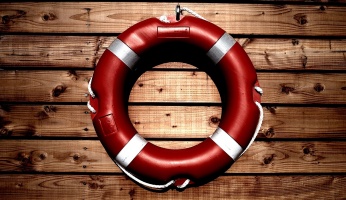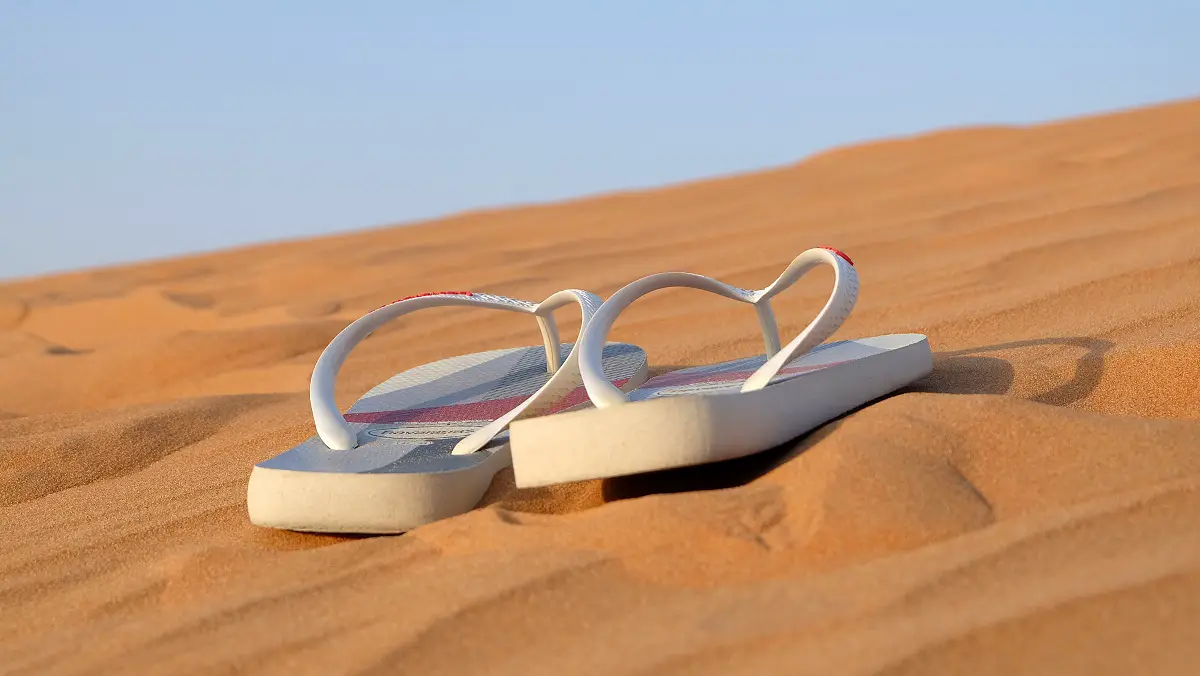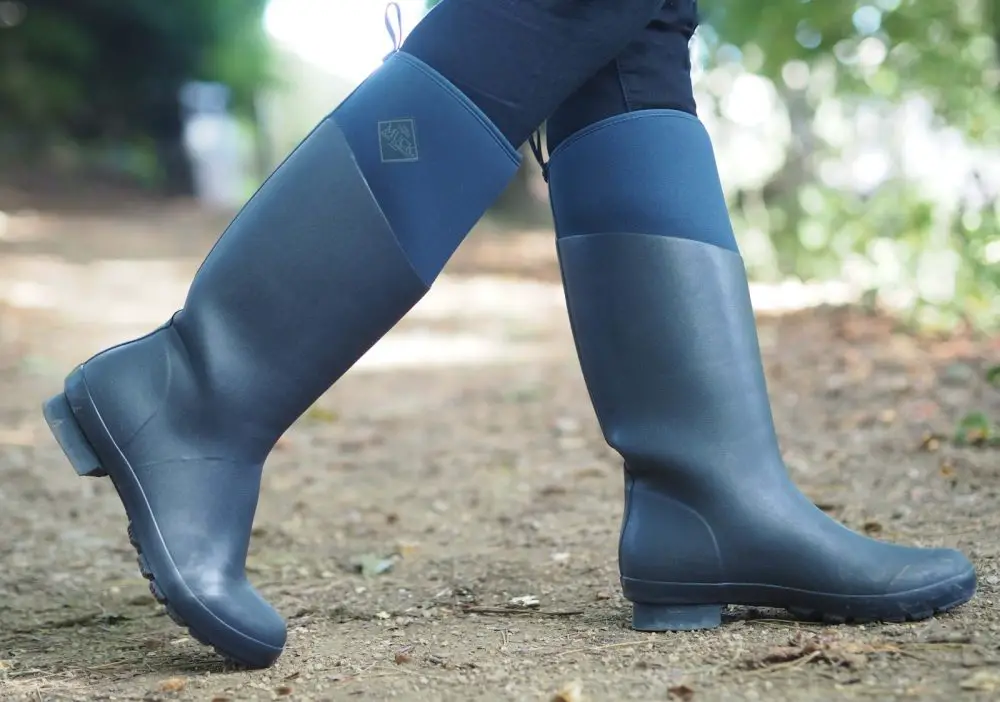Rescue Procedures for Man Overboard
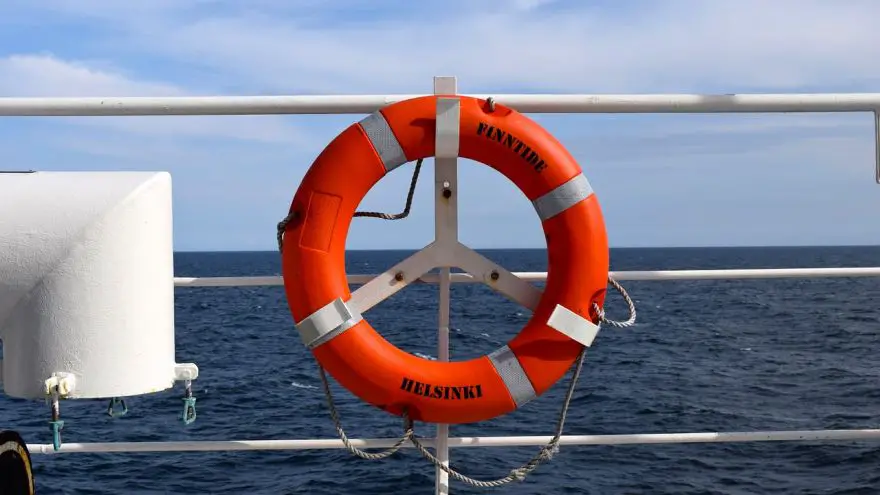 Rescue Procedures for Man Overboard
thegearhunt.com
Rescue Procedures for Man Overboard
thegearhunt.com
Few of us ever plan for someone to fall overboard while out on the water. The thing is, rescuing that person might be a bit harder than what you might think.
Helping a man overboard
First, we will talk about someone falling overboard while on a powerboat.
Quick Stop Method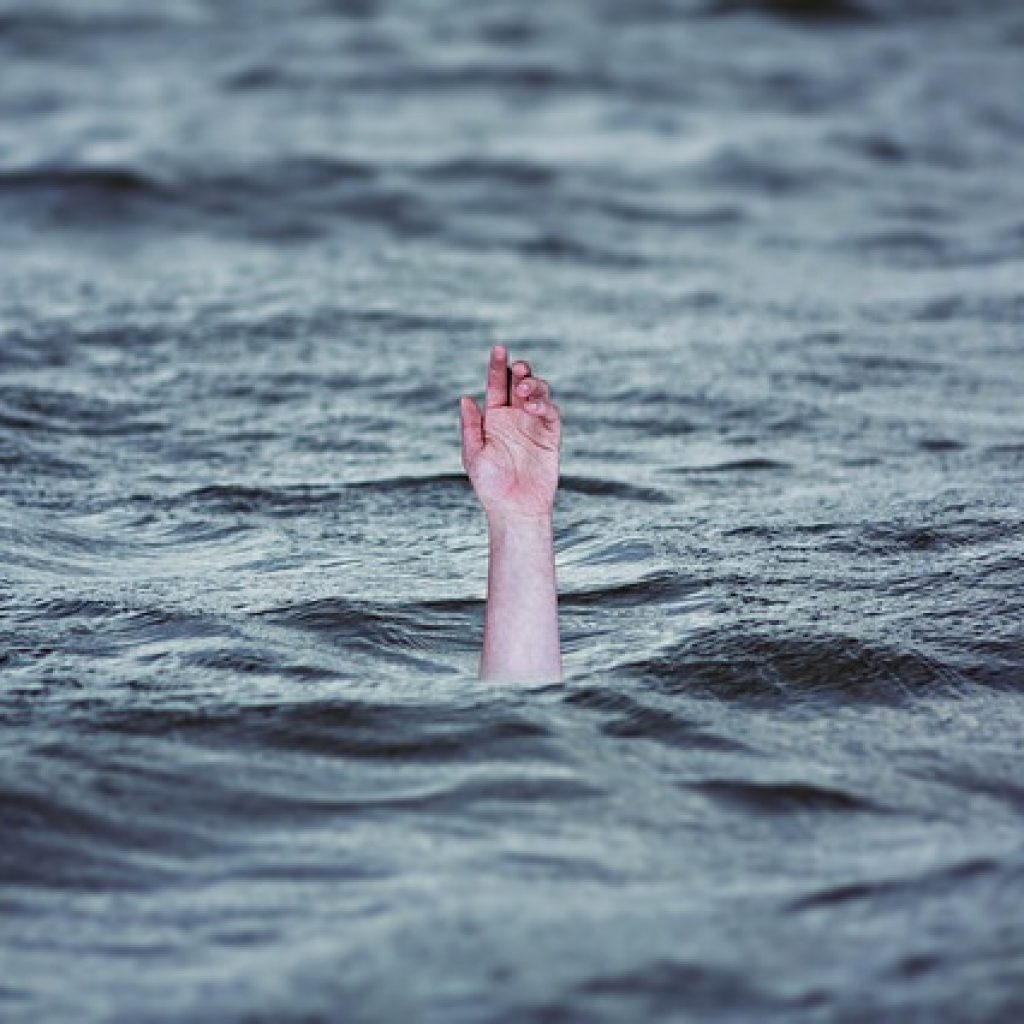
Unless you do all of the right things, and quickly, when there is a man overboard situation, the person in the drink may be lost. When it comes to talking of deaths related to boating, having someone fall overboard is responsible for about ¼ of them. The Boat US Foundation for Boating and Clean Water did a 5-year study regarding this type of situation and found that most man overboard situations don’t involve inclement weather, seas that are rough, or any other type of extenuating circumstance. Most of them tend to happen when the water is calm and on small boats that aren’t even traveling quickly. The victims are mostly men who are fishing and drinking alcohol.
There have been quite a few articles written about how to recover someone who has gone overboard on sailboats, but not too many about the same situation with regards to powerboats. Because of the findings from the study mentioned above, there is a need for a more general overview of scenarios and procedures that can be used by all boaters, regardless of the size of the boat.
Know the Characteristics of the Boat
When there is a man overboard situation, the critical thing is to get to the victim as quickly as possible. You need to consider how to accomplish this while not putting the victim in danger of getting hit by the propeller. Think about the freeboard on your boat. It this is very high, it might be difficult for the victim to climb back aboard. If the boat is equipped with a chine (bottom) that is square, the waves might make the boat crash right down on the victim who is right alongside the boat. A chine that is rounded might only push the poor soul farther away from the boat and out of your reach. Take a look at the platform of the stern of the boat. Will it be of any help, or could it possibly plunge right down on the MOB, sending him under the water and possibly into the prop? Before an emergency of this nature happens, think about these factors and how they will affect the maneuverability of the boat, and then fit your vessel out with gear that could possibly mitigate these things.
Plan Your Actions Before a MOB Situation Occurs
If you ever happen to have a MOB situation, there is a basic procedure that needs to happen right away. In order to prevent any sort of confusion from keeping swift action from occurring, you should practice this. Keep in mind though that the exact actions you will take will vary depending on quite a few variables.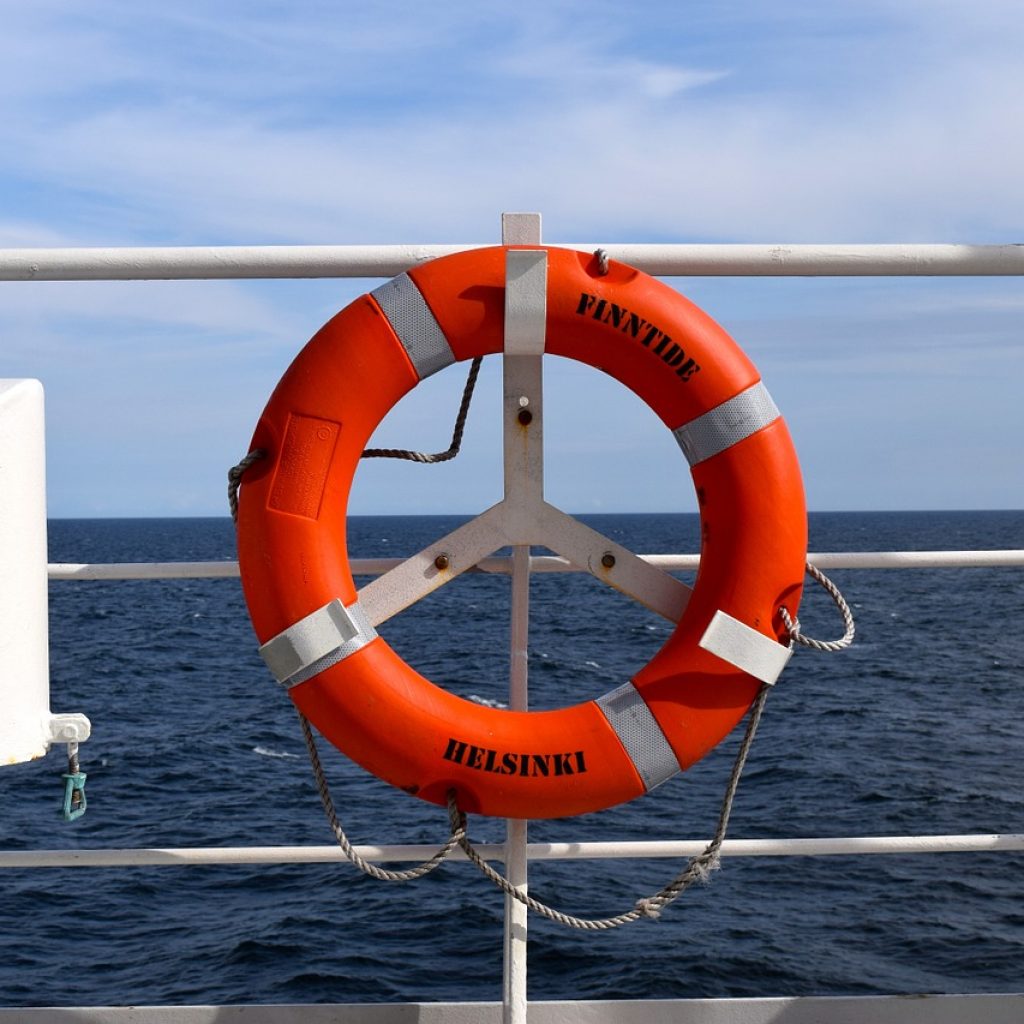
As soon as you or anyone else notices that someone has fallen overboard, they need to yell out “Man Overboard”. This will alert everyone to the emergency and will establish visual contact with the victim. If there is enough crew, assign one person to watch the victim and allow nothing to interfere with that person’s vigil from that moment until you reach the MOB.
If you aren’t sure where the victim is, or if there is any chance at all that he might be harmed by the props. Stop the boat immediately and make sure that the props can’t harm him.
Activate the MOB button on your GPS is there is one aboard.
Throw the man overboard gear, such as floatation cushions, life jackets, or anything else that might help him float, overboard and keep an eye on him. Don’t throw so much stuff that the search could be endangered though.
Return to where the victim is and try to get him back on board.
If this situation is one that threatens his life, get on your radio to VHF 16 and call Mayday three times. Once you have done that, say man overboard and proceed to give your location, a description of the boat, and a description of the person in the water. Repeat all of these 3 times. Don’t wait to do this. If you can manage to get the person back on board, you can always cancel the mayday.
State of the Sea and Wind
As you get nearer to the victim, you need to figure out just how fast and how much the sea and wind are pushing the boat, which one is having more effect, and the rate at which you are drifting. If you are in rough water, it could be quite dangerous to get too close to the victim, especially if he is injured and exhausted. Approach slowly. If he doesn’t have any sort of floatation device, try to toss one to him. If you have a retrieval device, toss that as well.
Temperature of the Water
Sudden immersion in cold water can mean a gasp reflex that is involuntary or even cardiac arrest. Frequently, a surprised person who has fallen overboard will gasp instinctively and accidentally suck in a great amount of water. This alone could mean drowning. Additionally, the loss of body heat can disorient and weaken a person in the water, and this can limit their ability to assist in their own rescue or even to swim. The victim needs to attempt to maintain the core body heat as well as they can by keeping their arms crossed and down, with the knees bent to the chest, if they can. If he is wearing a life jacket, this will significantly increase his odds of survival.
Victim’s Physical Condition
Retrieval can be made especially challenging by things like hypothermia, injury, lack of strength in arms, panic, poor ability to swim, excess weight, and many other factors. Whoever remains in the boat might need a bit of assistance or special equipment to get the person in the water back on board.
Ability, Skill, and Size of Whoever is Left Aboard
If there is only a single person and the boat is one with a high freeboard, it can be nigh impossible to get the victim back on board, particularly if either one of them isn’t in peak physical condition, or if the one who is more skilled and/or larger is the one in the water. Consider alternatives such as Lifeslings, or any other system that might work on your specific boat.
Visibility
Take a good look around. If your visibility isn’t great, slow down and be sure that you know the location of the person in the water. If there is a bank of fog approaching, or a squall coming that might impair your visibility soon, you need to make your way back to the victim as soon as possible and before you lose sight of his location.
Other Boats
If you happen to be in an inlet that is rough and there are quite a few boats racing by, get your boat in a position that will protect the person in the water and begin the warning signaling that is visual. In some instances, it might be the best idea to wait for more assistance before you try to pull the person back into the boat. A good example of this might be if you are the only person on the boat and there is another boat that will have experienced strong swimmers and gear for retrieval on board and has responded to your mayday and is on the way to assist you.
Man Overboard on Larger Boats
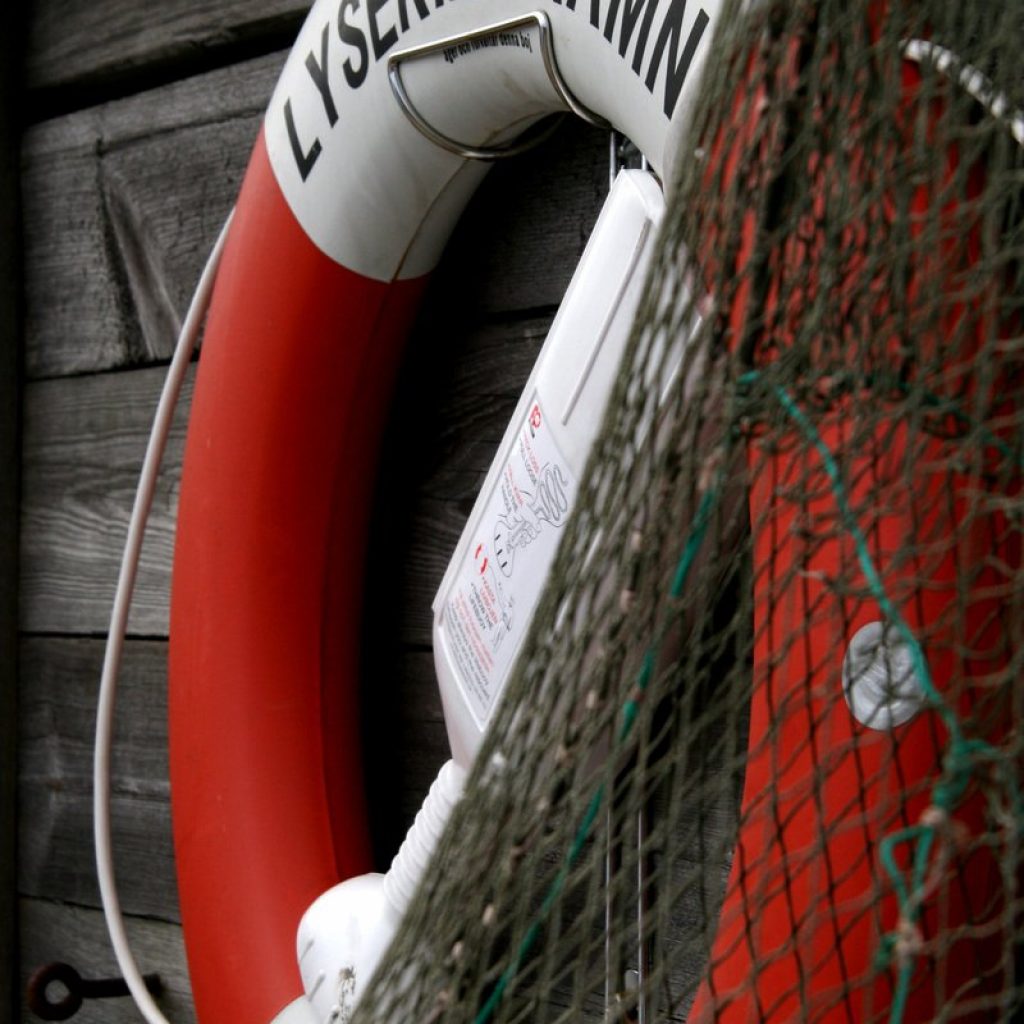 If you want to be able to save anyone who happens to go overboard on your watch, the time to learn how is right now. Start planning and then practicing what you will need to do in that circumstance on your boat. This will assist in generating appropriate, intuitive reactions.
If you want to be able to save anyone who happens to go overboard on your watch, the time to learn how is right now. Start planning and then practicing what you will need to do in that circumstance on your boat. This will assist in generating appropriate, intuitive reactions.
Practice techniques for MOB by throwing an old fender attached to a bucket into the water. Try to return to it and then approach it in order to get it back onboard while being super careful that you ensure to keep the props well away from it.
Even the best equipment can be more than useless if you don’t know how to use it. For example, consider that you have a Lifesling that is equipped with a tackle. On a day that is calm, and when you are near the shore, practice putting someone into the water and then you rig and use it. You might also practice with the person in the water acting as if they were helpless. Remember that anytime you practice with a real person, they need to be wearing a life jacket.
Practice like this might teach you that the very best thing that you can do is to get the victim stabilized and safe alongside the boat and then call for help from the Coast Guard on your VHF. Unless the water is extremely cold, it will take a while for the victim to lose consciousness from hypothermia. The critical thing is to keep them from drowning, being injured, or getting away from the boat.
While you are practicing, try to think of any contingency plans that you might use to retrieve a person who has gone overboard. The three basic steps are to return to the person in the water, approach them in the boat, and get them back on board.
Return to the Person in the Water
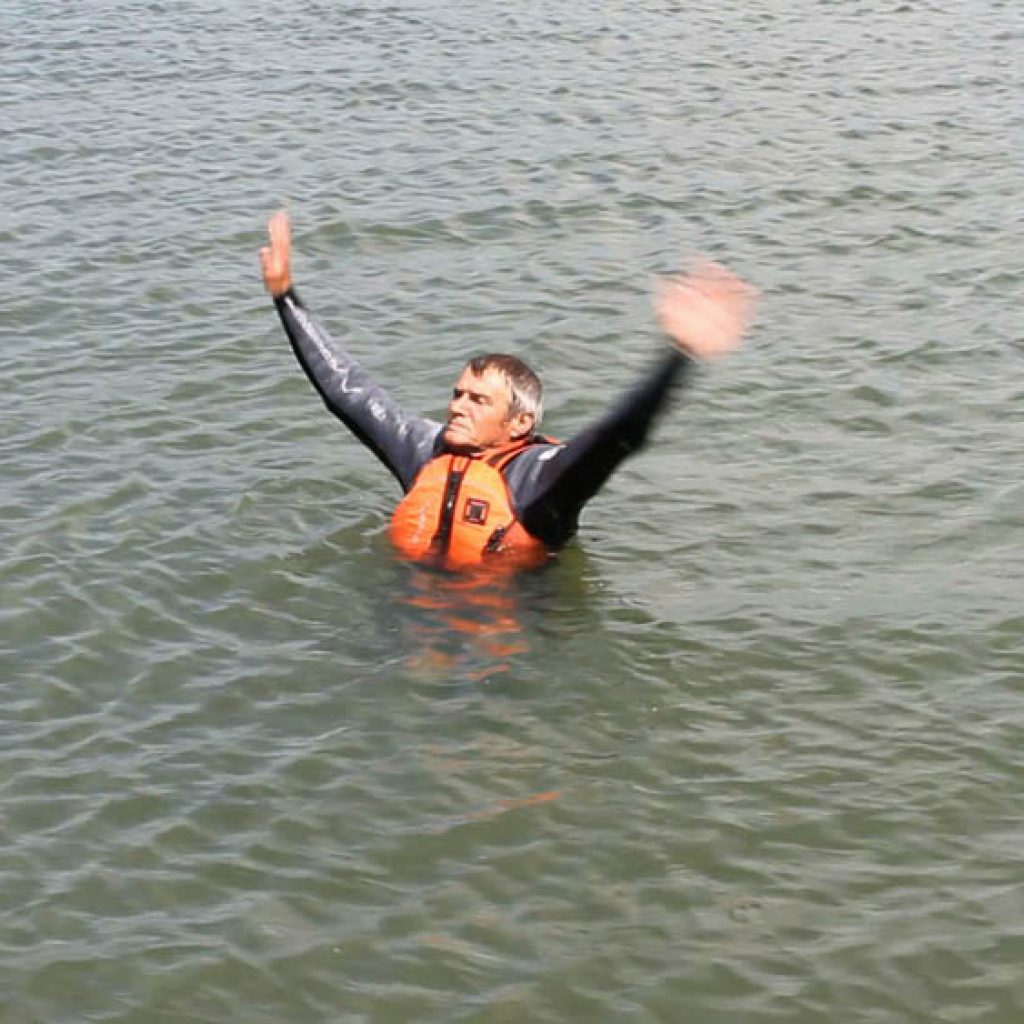 If someone goes into the water while the boat is moving, it is typically best to turn towards the side where they went over, so as to keep the props and stern away from him.
If someone goes into the water while the boat is moving, it is typically best to turn towards the side where they went over, so as to keep the props and stern away from him.
If you are in a smaller center console, you should know as soon as someone goes overboard. However, if you are in a boat that is larger, there might be a bit of an interval between when it happens and when you notice. To find the person, you need to double back and return the way you came.
If you need to depend on the GPS feature for MOB, figure out exactly where that button is so that in the event of a MOB, you will know exactly where it is and how to use it.
Approach the Victim
Determine the best way to approach the victim depending on the capabilities of your crew, the characteristics of your boat, whether or not there are any other boats approaching, the current, and the weather. Make sure that the people who will be responsible for rescuing the victim are in place and at the ready.
Get the Person Out of the Water
The best way for someone to get back on board is via a well-built, strong ladder. If you are not equipped with either a Lifesling that has a tackle, or a ladder, then you will find that a recovery rope that has been looped underneath the arms of the person in the water might be the next best option for getting them out of the water.
One thing to remember is that when everyone on board is wearing a high visibility life vest, while they still may fall overboard, there will be a better chance of them surviving until they are rescued. Always remember, when it comes to boating, safety first.
Sources
- YouTube.com – Rescuing a Man Overboard
- GCaptain.com – Instructions – Man Overboard
- Nautilus-GMBH.com – Man Overboard Safety and Rescue Guide
- CoastGuardMarlborough.org.NZ – 7 Man Overboard Procedures






